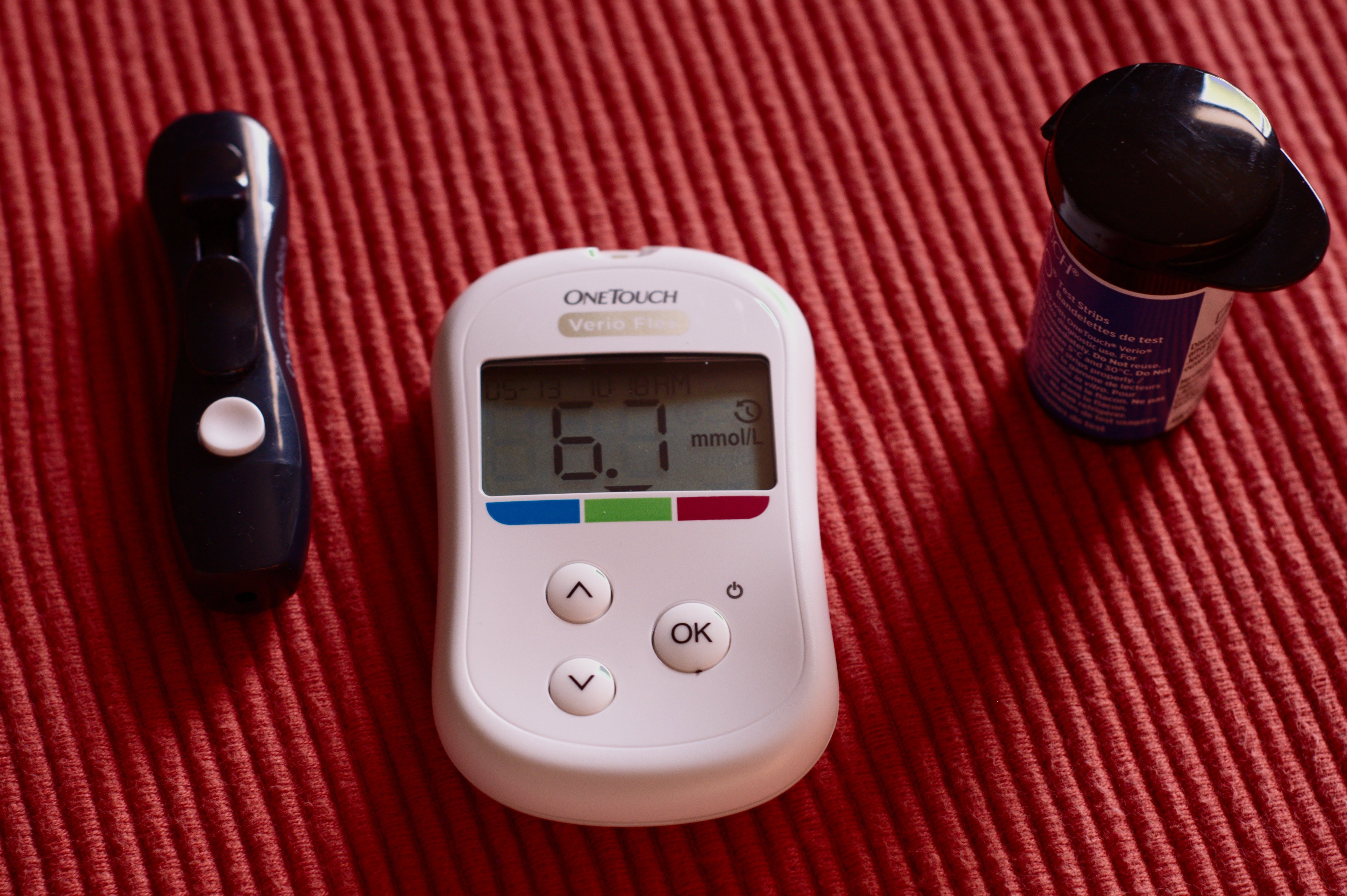Diabetes mellitus is a condition where the body is unable to properly use and store sugar (glucose), resulting in blood sugar level rising higher than normal. Type 2 diabetes accounts for more than 90% of all cases of diabetes. It occurs because the body does not produce enough insulin and is also unable to use insulin properly (insulin resistance). Insulin is the hormone (chemical messenger) produced by the pancreas and it helps sugar to enter the cells in the body.

Misconceptions About Diabetes Mellitus
Dr Abel Soh
Consultant Endocrinologist
Abel Soh Diabetes, Thyroid and Endocrine Clinic
Mount Elizabeth Medical Centre
Misconception 1 – Eating too much sugar causes diabetes
Type 2 diabetes (T2DM) occurs as a result of interaction between genetic and environmental (lifestyle) risk factors. Your risk of developing T2DM increases if you have a parent or sibling with T2DM. Lifestyle risk factors include having an unhealthy diet, lack of exercise, and being overweight or obese.Eating too much sugar in the diet does not directly cause diabetes. Having a diet high in calories from any source (including carbohydrates, sugary foods or drinks, etc.) contributes to weight gain and increases one’s risk of developing T2DM. Weight gain increases insulin resistance in the body and makes it harder for the body to use insulin properly. Research has shown that eating or drinking sugar-sweetened food or beverages increases a person’s risk of developing T2DM. You do not have to avoid any food group entirely to prevent diabetes, but monitoring your intake of carbohydrates and added sugar in your diet is essential for managing your risk and your overall health. It is important to note that eating foods high in fat also increases your chances of weight gain and risk of developing T2DM.

Misconception 2 – Diabetes can be cured
You may have come across advertisements for certain alternative foodstuff or supplements claiming to be able to “cure” diabetes. The truth, however, is that there is currently no cure for diabetes. But blood sugar levels can be controlled in a person with diabetes through a healthy diet, having regular physical activity or exercise, and with blood-sugar lowering medications. You may have also seen advertisements for weight-loss (or bariatric) surgery that claim to able to “cure” diabetes. For individuals who are obese and develop T2DM, their blood sugar levels can improve dramatically after successful weight-loss surgery. The improvement can be to the extent that they may not even need to take medications for years after the surgery. However, blood sugar levels will rise again if there is significant weight regain and medications will need to be re-introduced. So not everyone who undergoes weight-loss surgery will experience a lasting “cure” for diabetes.
Misconception 3 – I should avoid carbohydrates completely if I have diabetes
Carbohydrates are foods that give you energy and have a direct effect on blood sugar levels. They should still be included as part of a health meal plan for people with diabetes. Not all carbohydrates affect blood sugar levels the same manner. Simple carbohydrates (for example, glucose, sucrose, honey, sweets, jams) release glucose faster into the bloodstream and cause a rapid rise in blood sugar level. Complex carbohydrates or starches (for example, bread, rice, noodles, pasta, potatoes, corns) release glucose into the bloodstream at a slower rate and provide more stable energy levels. Glycemic index (GI) measures the impact of carbohydrate on blood sugar level. Foods that cause the most rapid rise in blood sugar are given higher GI values, while those that cause more gradual rise in blood sugar are given lower GI values. Switching to carbohydrates with lower GI (such as brown rice and wholegrain bread) is recommended for individuals with diabetes to help prevent sharp spikes in blood sugar levels after consumption.